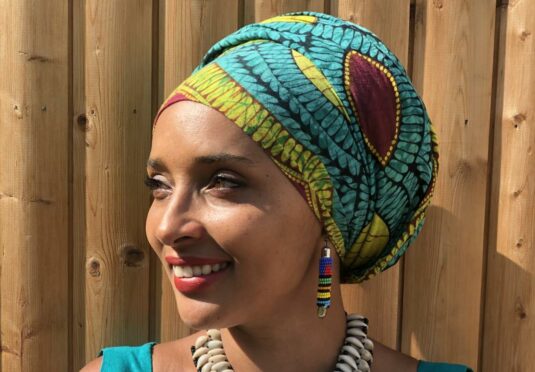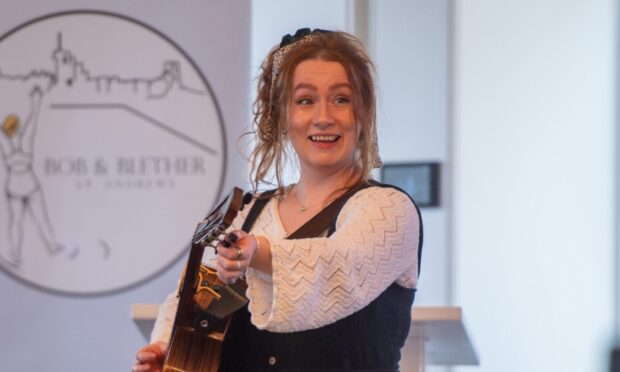When we think of storytelling, what often springs to mind is simple fairytales or bedtime stories for children.
In fact, oral storytelling is a subtle art form that can engage audiences of all ages, says award-winning performance storyteller and author Mara Menzies.
Being of mixed heritage – Scottish and Kenyan – she grew up with varied stories that form part of the oral tradition of both countries.
Mara Menzies
Menzies’ background inspired her to become a professional storyteller, a job like no other, which has seen her enthral audiences for the past 12 years.
Her latest production, Blood and Gold, premiered at the Edinburgh Fringe Festival in 2019 and has now been published as a book of the same name.
It is rather ironic that her stories are now in book form, as her usual work is often the opposite to that of a writer, explains Menzies.
Audience-driven stories
“When you read a book, the words are fixed on the page and the story is told in a fixed way,” she says. “On the other hand, storytelling isn’t just about words, it’s also about tone of voice, body language and the way you engage with the audience.
“In my performances, the stories I tell aren’t written down – it’s not like a script that I memorise, like you would if you were an actor in the theatre.
“I do know where the story is going to go but it’s the audience who determine how it’s told. So it’s never going to be repeated the same way twice, because each audience is different. There’s real magic in that.
“It means that it’s the audience who determine the story. I read their mood, their posture, their facial expressions. Storytelling is a collective experience.
Transitioning to writing
“So when it came to writing the book, it was challenging at first. I sat down with a laptop, pens and paper and….nothing came.
“I waited and waited for the words to come, and in the end I used voice activated software. I told the story in a big chunk and then went over it bit by bit, and crafted it so that it was suitable for a book.”
Blood and Gold explores hard-hitting issues such as the legacy of colonialism, slavery and the challenges of growing up in two cultures, through an unconventional mix of fantasy, legends and stories inspired by personal experiences.
Blood and Gold
The main character, Jeda, is a teenage girl living in Edinburgh, born to a white father and a black mother. Feeling self-conscious and alienated, her insecurities allow the shapeshifting Shadowman, who embodies all that is negative, to feed on her doubts.
Jeda’s mother, Rahami, gifts her a box of stories before passing away. Through these stories our heroine learns about her African ancestry and traditions, ultimately embracing her dual heritage and her unique place in the world.
“My work is a mixture between reality and fiction,” says Mara. “I draw on my own experiences, crafting them into stories, also building in existing myths and fairytales.
“I draw on my Scottish and Kenyan heritage. The two cultures are very different, but there are also similarities. Both cultures have a strong tradition of oral storytelling, for example. I grew up with it, but didn’t realise it was a thing one could do professionally.”










